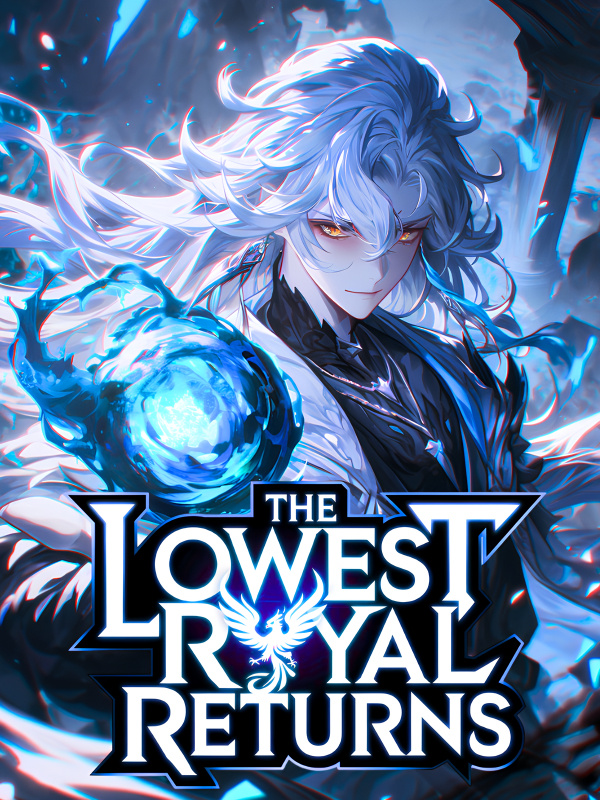Love Affairs in Melbourne-Chapter 94 - 91 Schools in New York
Chapter 94: Chapter 91 Schools in New York
After returning to the United States from celebrating the new year in China, Qi Yi’s first task was to help Yan Yan find information about schools.
New York is home to three major art and design colleges, aside from Parsons and the New York State University Fashion Institute of Technology (FIT) that Yan Yan and Qi Yi mentioned, there’s also the Pratt Institute. (note 1)
Universities in New York generally have their buildings scattered throughout the city without the traditional concept of a "campus."
New York universities do not have strict campus boundaries, and the buildings are rather dispersed. Pratt is the only East Coast art school in the United States with a traditional enclosed campus.
However, Pratt’s prestigious programs are in architecture and industrial design, which are what Yan Yan majored in for her undergraduate degree. In terms of fashion, its status still lags behind that of Parsons and FIT.
Therefore, after researching, Qi Yi did not delve into Pratt any further.
Fashion is a small circle, and one cannot fully understand the inside realities by looking up information from the outside.
Qi Yi sent an email saying he had made a very simple list and included it in the attachment for Yan Yan.
It included a comparison between Parsons and FIT that was not very in-depth.
Upon opening the attachment, Yan Yan gained a whole new understanding of the word "simple."
Qi Yi’s summary listed hundreds of items.
Starting from the more conventional, like:
Parsons is a private school, FIT is a public school.
Parsons’ tuition is three times that of FIT.
The number of students at Parsons is one-third that of FIT.
Parsons focuses on design, while FIT focuses on ready-to-wear.
Parsons has the highest ranking for its fashion design program, while FIT offers many courses in tailoring and construction.
Parsons is highly commercialized, while FIT has a more complete curriculum system.
To the more academic, such as:
Applying to Parsons requires completing a particular 750-word Parsons Challenge. Choose any theme, create three pieces of art based on it, and provide a 250-word explanation for each piece; less is okay but not more. (note 2)
What’s special about applying to FIT is the need to submit actual garments, a requirement not found in any other FD (Fashion Design) programs in the United States.
FIT boasts an excellent museum exhibition space, which houses a vast collection of historical garments, fabrics, and celebrity designs.
FIT has one of the richest art resource libraries in the world, and you can directly access the authoritative fashion trend website WGSN on the school network.
To the more interesting, for example:
Each year, students from Parsons and FIT compete fiercely in the Fusion Fashion Show. Though it’s only between two schools, whoever wins is considered New York’s best Fashion College of the year.
Then, to the parts Yan Yan found particularly interesting:
Famous alumni from Parsons include Marc Jacobs, who not only rejuvenated Louis Vuitton but also helped LV break into the fashion design market, as well as New York’s hottest young Chinese designer Alexander Wang (Wang Daren), Tom Ford who created the golden age for YSL and pulled Gucci out of its slump, and COACH’s Chief Designer Reed Krakoff, who occasionally comes to Parsons to teach. ƒгeeweɓn૦vel.com
Famous alumni from FIT include the minimalist style aficionado Calvin Klein, as well as Michael Kors. (note 3)
Both Parsons and FIT have strong alumni cultures: Parsons students easily get internships at Marc Jacobs, while FIT students are often preferred by Calvin Klein.
Lastly, to the things Yan Yan was particularly concerned about:
The cafeteria at Parsons is a bit tastier than FIT’s.
In Qi Yi’s "very simple" list, he detailed at least five hundred sub-items, which took Yan Yan several hours to look through even just briefly.
Qi Yi had said he would help Yan Yan find information with even more seriousness than he had when applying for schools himself, and that was not an exaggeration at all.
Yan Yan was only coming for a six-month advanced study, but Qi Yi had included everything from undergraduate to master’s application requirements, meticulously laid out to an astonishing degree.
Purely based on Qi Yi’s list, Yan Yan was determined to complete her final studies in New York.
After visiting in person, Yan Yan had a deeper understanding of the extreme commercialization that Qi Yi had mentioned about Parsons.
This, in fact, could be glimpsed from the long list of famous Parsons alumni.
Commercialization is a double-edged sword for design.
In a place like New York, if a designer produces a season of unsellable clothes, they are likely to be eliminated directly; the reality of survival is incredibly harsh, so being non-commercial doesn’t bode well for a future at all.
However, if a designer is completely led by the market, they lose much of their creativity. Parsons’ excessive commercialization often earns disdain from fashion colleges that pride themselves on design itself.
Parsons may be more famous than FIT, but the expensive tuition of the private school deters many.
Therefore, from an application perspective, Parsons is actually a bit easier to get into than FIT.
When it comes to application numbers, the competition is not as fierce.
Commercialization also provides Parsons with a more mature curriculum for further studies, compared to FIT.
Saying that Parsons is easier to apply to is relative to other design specialties.
Just from the perspective of fashion, the master’s program in fashion design at Parsons only accepts up to two or three Chinese students per year, the difficulty of which you can imagine.
Yan Yan wasn’t going to New York to earn a degree; actually, the difficulty of advanced studies wasn’t as formidable as Yan Yan had imagined.
Just like Parsons’ Summer School for high school students, it adopts a first-come-first-serve approach.
After waking up in the evening, Yan Yan went to FIT first, according to the route Qi Yi drew for her last night.
FIT is near the Empire State Building, not too far from the hotel Yan Yan was staying at, and quite easy to find.
After leaving FIT, Yan Yan went to check out the fashion department teaching area of Parsons.
Parsons’ main campus is in New York’s Greenwich Village, but parts of the fashion department, such as the garment-making area, are also in the Manhattan Center.
The Parsons’ fashion building is a very design-oriented building on Fifth Avenue, right beside Union Square and a five-minute walk to New York University.
.........
note 1:
In fact, FIT is more often translated as the New York Fashion Institute in China, but the founders of FIT included "Institute of Technology" in its name, hoping that FIT could become a design school like the Massachusetts Institute of Technology (MIT).
note 2:
The Parsons Challenge topics have been free choice and three 250-word explanations for a long time. In 2016, it changed to selecting one piece from your portfolio, creating a new visual design work based on that choice, and attaching a 500-word design concept. Fewer words, but actually a bit more difficult.
note 3:
There are many Calvin Klein (CK) stores in China, but they mainly sell underwear and jeans, not creating a very fashionable impression.
In reality, the stores in China are mostly Calvin Klein Jeans (CKJ), the cheapest line of CK.
CK also has two other main lines, Calvin Klein Collection (high-end fashion) and CK Calvin Klein (high-end ready-to-wear), and its status in the perfume industry should also not be underestimated.





![Read The Royal Military Academy's Impostor Owns a Dungeon [BL]](http://static.novelbuddy.com/images/the-royal-military-academys-impostor-owns-a-dungeon-bl.png)

